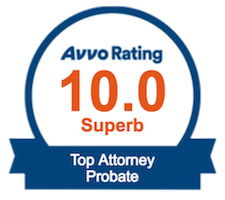Understanding Your Retirement Plan
If you’re navigating the world of retirement savings, you likely have questions about the various plans available to you, including 401(k)s, IRAs, Keoghs, and SEPs. At Goldberg & Goldberg, we believe in empowering our clients with knowledge to make informed decisions for their future. Here’s your guide to retirement plans with answers to some frequently asked questions.
What Constitutes a Qualified Retirement Plan?
A qualified retirement plan meets the requirements of Section 401(a) of the Tax Code. These plans, such as profit sharing plans, including 401(k)s, defined benefit plans, and money purchase pension plans, allow for tax-deferred contributions. Essentially, you don’t pay taxes on contributions made to these plans until you withdraw the funds, typically during retirement. Most employer-sponsored retirement plans are categorized as qualified plans.
What is the Appeal of 401(k) Plans?
401(k) plans are a favorite among employers and employees alike. For employers, they offer a cost-effective retirement benefit option, as the majority of contributions come from the employees’ salary deferrals. Employees appreciate the ability to save for retirement tax-efficiently, as taxes on deferrals are deferred until withdrawal. Plus, the flexibility to adjust contributions and direct investments, coupled with the possibility of taking loans or hardship withdrawals, makes 401(k)s highly attractive.
What is a Keogh Plan?
Keogh plans are designed for self-employed individuals and follow unique guidelines not defined in the Tax Code, hence the term “Keogh” which originates from retirement planning lingo. One significant aspect of Keogh plans is the potentially lower contribution limit due to the distinct way self-employed compensation is calculated.
Vesting in Retirement Plans: What Does It Mean?
Being vested in your retirement plan means you’re entitled to take a certain percentage of the plan’s benefits with you when you part ways with your employer. With a 401(k) plan, while your salary deferrals are always fully vested, the same may not apply to employer contributions, which are subject to the plan’s specific rules.
Is an IRA Considered a Retirement Plan?
Yes, an Individual Retirement Account (IRA) serves as a retirement plan, although it’s not categorized as a qualified plan under Section 408 of the Tax Code. Traditional or Roth IRAs can be established by individuals independently of employer-sponsored plans, whereas SEPs and SIMPLE IRAs, which allow for larger tax deductions, must be established by an employer.
Can I Have Multiple Retirement Plans?
If you’re employed by a company but also run your own business, you are typically able to set up a separate retirement plan for your business. Remember, there may be cumulative limits on contributions if you’re part of more than one salary reduction plan, such as 401(k)s, 403(b)s, and 457 plans. It’s essential to be aware of these overall limits to prevent exceeding the maximum allowable contributions.
Is There Creditor Protection for Your Retirement Plan?
Most plans provided by employers are protected from creditors under ERISA, ensuring your retirement savings are secure even in bankruptcy. Exceptions include Keogh plans for solo individuals or partnerships without employees, and IRAs. Nonetheless, many states have enacted protections for IRA assets, and some state laws may shield single-participant Keoghs.
For a deeper understanding of how these options affect your retirement planning, contact Goldberg & Goldberg at (301) 654-5757 for a Free Consultation. We’re here to guide you through the complexities of retirement savings and ensure that you have a secure and prosperous future.




